- Overview
- Trip Outline
- Gallery
- Reviews
- FAQ
Discovering Kilimanjaro's Summit: The Marangu Route Adventure
Introduction: The Marangu Route to Kilimanjaro's Peak
Have you ever dreamed of standing on top of Africa's tallest mountain? The Marangu Route, a 6-day journey, could be your path to that incredible achievement. Kilimanjaro, rising high above the continent, beckons adventurers from around the world, and the Marangu Route offers an accessible and affordable way to reach its summit.
Choosing Your Trek Duration: The 5-Day vs. 6-Day Dilemma
When embarking on the Marangu Route, you're faced with a choice: do you opt for the 5-day journey or extend it to 6 days? The 5-day option promises a quicker ascent, but it might not provide enough time for your body to adjust to the increasing altitude. This could raise the chances of altitude-related problems. On the other hand, the 6-day option gives you an extra day to acclimatize at Horombo Hut. This additional day can greatly improve your odds of successfully reaching the summit.
Embarking on the Journey: Exploring the Marangu Route
Your adventure begins at the Marangu Gate, located at 1,860 meters above sea level. From there, you'll traverse a variety of landscapes, each more stunning than the last. You'll pass through lush montane forests, vast moorlands, and even an alpine desert as you steadily climb in elevation. Along the way, keep an eye out for unique plants like giant lobelia and giant groundsel, adding a touch of natural wonder to your journey.
The Unique Hut Experience: Comfort and Camaraderie
Unlike some other routes, the Marangu Route offers shared hut accommodations, making your trek more comfortable and enjoyable. These huts provide shelter, solar-powered lighting, and even flush toilets, a luxury not often found on mountain treks. This allows you to rest well, recharge, and build camaraderie with fellow trekkers, creating lasting memories.
Supported Every Step of the Way: Guides, Porters, and Cooks
Throughout your 6-day Marangu Route adventure, you'll be in good hands. Experienced guides, dedicated porters, and a skilled cook will be with you, taking care of the logistics, preparing meals, and ensuring your safety. This support system lets you focus solely on the challenge of reaching the summit, without worrying about the technical details.
Achieving the Summit and Heading Home
Reaching Uhuru Peak at 5,895 meters is a moment you'll cherish forever. It's a testament to your determination and the culmination of your 6-day Marangu Route journey. The descent follows the same path, allowing you to reflect on your accomplishment as you make your way back to the Marangu Gate.
Making Your Marangu Route Dream a Reality
To conquer Kilimanjaro's summit via the Marangu Route in 6 days, physical fitness, mental preparedness, and an understanding of high-altitude challenges are essential. Adequate acclimatization and responsible trekking practices ensure a safe and rewarding experience, one you'll remember for a lifetime.
Conclusion: Your Marangu Route Adventure Awaits
In summary, the Marangu Route offers a remarkable 6-day adventure to the pinnacle of Africa. With its stunning landscapes, shared hut accommodations, and unwavering support, it's an experience that combines natural beauty, personal triumph, and the joy of standing atop the world. So, are you ready to take on the 6-day Marangu Route challenge and make your Kilimanjaro dream come true?
No details found.
Itineraries
Day 1
Marangu Gate (1860m) to Mandara Hut (2715m)
Hiking Time: 5 hours
- Distance: Approximately 8.1 km
- Habitat: Montane forest
- The journey starts with a drive from Arusha to the Kilimanjaro National Park gate. After
registration and final preparations, the trek begins through the lush montane forest.
Accommodation for the night is at Mandara Hut.
Day 2
Mandara Hut (2715m) to Horombo Hut (3705m)
- Hiking Time: 6 hours
- Distance: Approximately 11.6 km
- Habitat: Moorland
- The trek continues through the forest, skirting the Maundi Crater, and entering the moorland
zone. The Horombo Hut, located on a small plateau, offers stunning views of the Kibo Crater.
Day 3
Horombo Hut - Acclimatization Day
- Spend an extra day at Horombo Hut for acclimatization. A recommended hike towards
Mawenzi Hut and the Zebra Rocks helps with acclimatization.
Day 4
Horombo Hut (3705m) to Kibo Hut (4730m)
- Hiking Time: 6 hours
- Distance: Approximately 9.6 km
- Habitat: Alpine desert
- Ascend through the barren alpine desert to reach Kibo Hut, situated at the "Saddle" between
Mawenzi and Kibo peaks.
Day 5
Kibo Hut (4730m) to Uhuru Peak (5895m) to Horombo Hut (3705m)
- Hiking Time: 7-8 hours to reach Uhuru Peak, 6-8 hours to descend to Horombo
- Distance: Approximately 5.4 km ascent, 15 km descent
- Habitat: Stone scree and ice-capped summit
- The most challenging day: Start the ascent around midnight to reach Gillman's Point and then
continue to Uhuru Peak, the highest point in Africa. Descend to Kibo Hut for a short rest before descending further to Horombo Hut for the night
Day 6
Horombo Hut (3705m) to Marangu Gate (1860m)
- Hiking Time: 6 hours
- Distance: Approximately 19.7 km
- The final descent back to Marangu Gate, where climbers sign out and receive summit
certificates. Return to Arusha for celebrations and a well-deserved rest.
Please note that the itinerary is subject to change based on weather conditions, group pace, and the guide's discretion for safety and acclimatization purposes. Climbers should be well-prepared physically and mentally to tackle this challenging trek to the Roof of Africa.
The Marangu Route trek can be completed in either 5 or 6 days, depending on the
climber's preference. The 6-day option includes an additional acclimatization day, increasing the
chances of reaching the summit successfully
The Marangu Route is considered a moderate difficulty trek. It involves long daily hikes,
changes in altitude, and challenging terrain, especially during the summit night ascent. Proper
physical fitness and mental preparation are essential for a successful climb.
Accommodation on the Marangu Route is in shared huts with bunk beds. These huts offer
basic amenities such as solar-generated lighting and flush toilets. Climbers should bring their
sleeping bags and personal belongings.
Climbers are provided with three meals a day during the trek. The meals are designed to
be nutritious and energizing, with a focus on local and fresh ingredients. Special dietary
requirements can be accommodated with prior notice.
The average ratio of guides to climbers is 1 guide for every 4 climbers, and the average
ratio of porters to climbers is 2 to 3 porters per hiker. This allows for personalized attention and
assistance throughout the journey.
The best time to climb Kilimanjaro is during the dry seasons, which are generally from
January to mid-March and from June to October. These months offer the most stable weather
conditions for a successful summit attempt.
While previous trekking or mountaineering experience is beneficial, it is not a strict
requirement for the Marangu Route. However, climbers should be in good physical condition
and engage in preparatory training to enhance their chances of success.
Safety is our top priority. Our guides are experienced and well-trained in mountain safety
and first aid. We provide essential safety equipment and adhere to strict protocols to minimize
risks during the trek.
Yes, we provide rental equipment such as sleeping bags, hiking poles, and insulated
jackets. However, we recommend climbers to bring their own well-fitted hiking boots and other
personal gear.
Visa requirements vary depending on the nationality of the climber. Most nationalities require a visa to enter Tanzania. We advise climbers to check with their nearest Tanzanian embassy or consulate for specific visa requirements.
These FAQs can serve as a helpful guide for potential climbers and provide them with essential
information about the Marangu Route trek and the services you offer as a tour provider

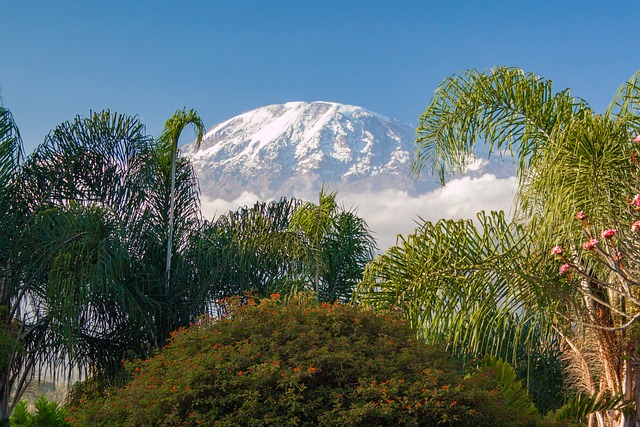

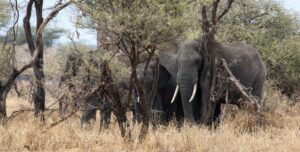
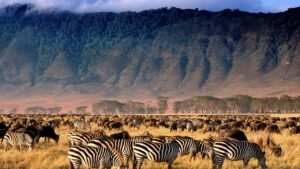
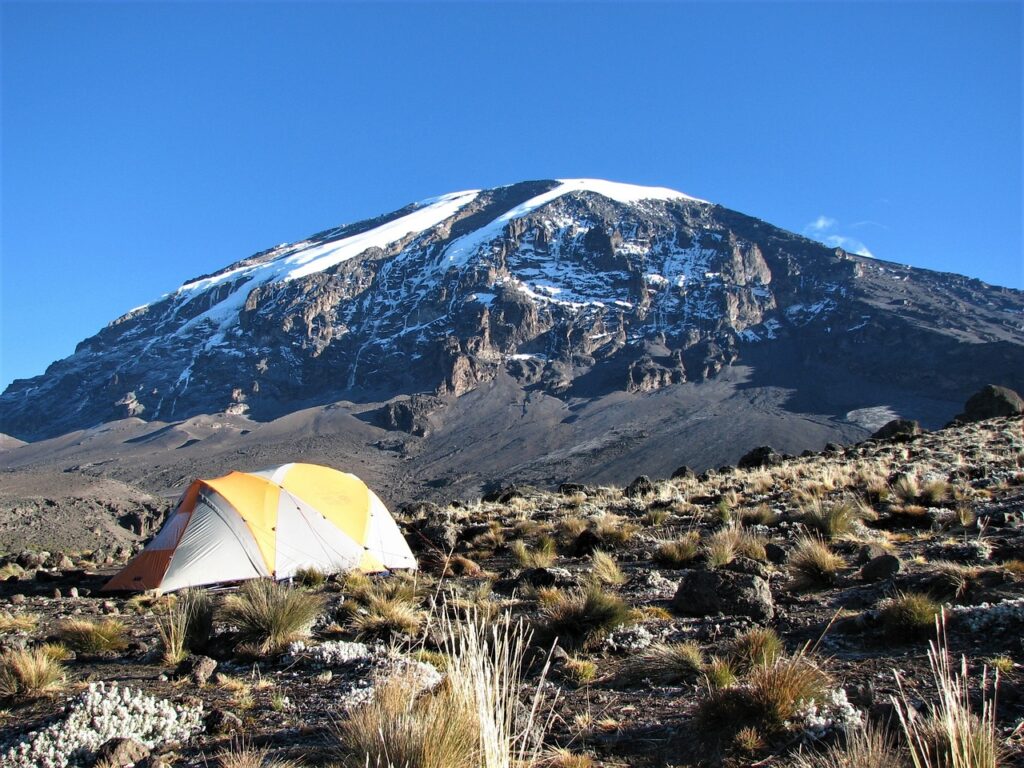
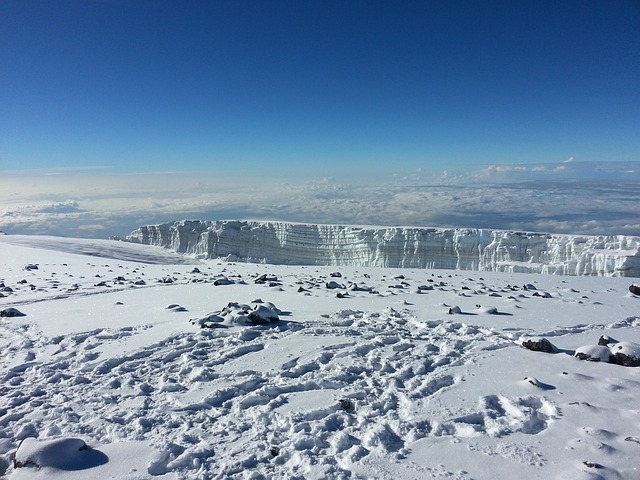
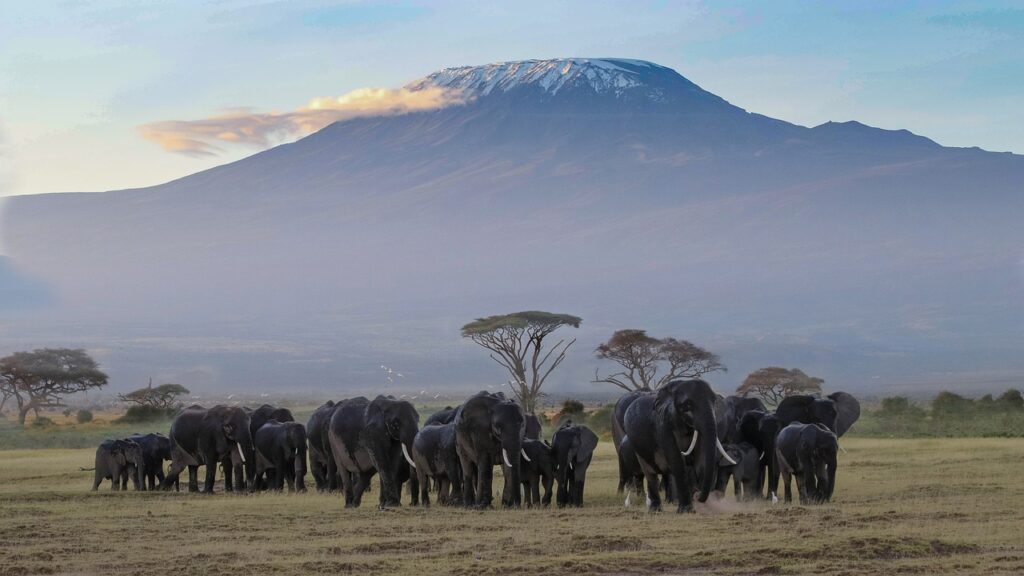





There are no reviews yet.